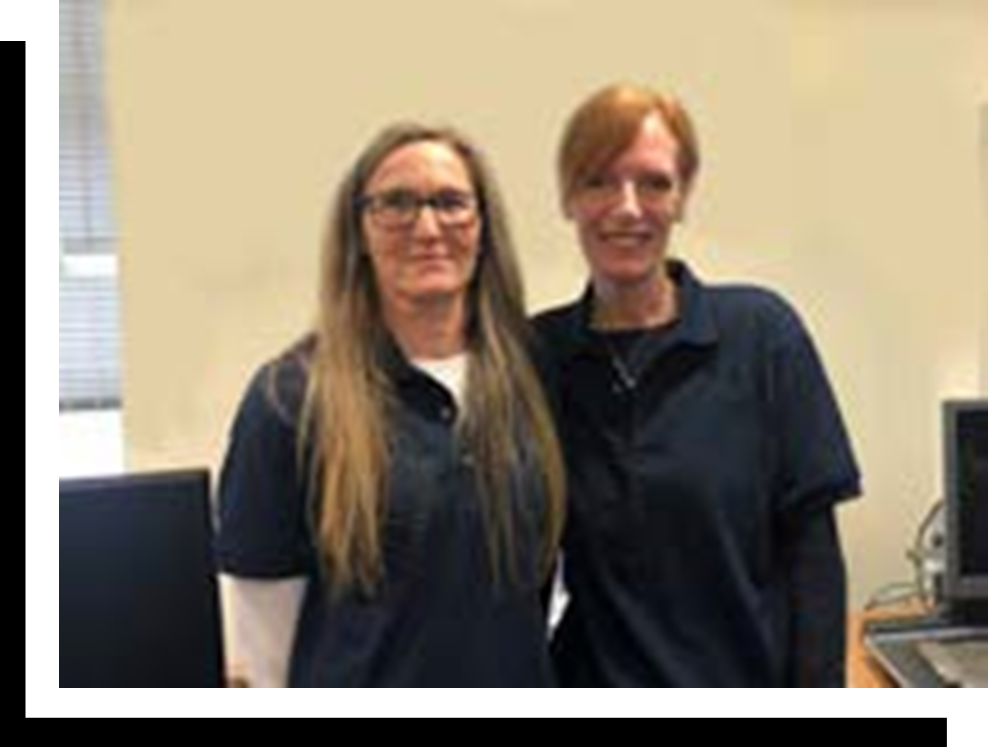Rehabilitation – What is it?
An insight into what rehabilitation is, what it covers, how it may help you and how to get this type of support if you need it.
Rehabilitation supports individuals with sight loss to regain confidence and independence in their daily lives. Whether it’s learning new skills, navigating familiar places, or finding solutions for everyday challenges, rehabilitation can make a transformative difference. On this page, our rehabilitation officers Zoe and Paula, explain what rehabilitation involves, how it can help you, and how to access support if you need it.
What is Rehabilitation?
Rehabilitation focuses on practical training, advice, and support tailored to the unique needs of people living with sight loss. It’s designed to help individuals regain and maintain independence in various aspects of daily life, such as managing tasks at home, mobility, and communication.
If you have recently received a Certificate of Visual Impairment (CVI) from an eye hospital, you should be offered an assessment to identify the support and information you need. This may include rehabilitation services provided by a Rehabilitation Officer.
How Can Rehabilitation Help?
A Rehabilitation Officer works with you to identify your goals and challenges. They provide training, advice, and solutions to help you adapt to living with sight loss. Training is personalised and may include the following areas:
Daily Living Skills
- Managing domestic tasks, such as pouring liquids, cooking, and preparing food.
- Home organisation, including marking and using kitchen equipment.
- Personal care and managing household tasks like cleaning and laundry.
Orientation and Mobility
- Sighted guide training.
- Training on using different types of canes, such as the symbol cane and long cane.
- Orientation training to build confidence in navigating routes safely and independently.
Communication and Technology
- Support with reading and writing.
- Guidance on using low vision aids.
- Tips on enhancing colour and contrast.
- Using talking clocks and watches.
- Exploring technology solutions and task lighting.
- Learning alternative communication methods like Braille or Moon.
Throughout the process, Rehabilitation Officers provide practical tips and assess your needs for specialised equipment. They offer training on how to use this equipment to enhance your independence.
Who Provides Rehabilitation Services?
Rehabilitation services are delivered by trained professionals who specialise in supporting people with sight loss. At Sight Support West of England, our Rehabilitation Officers, Paula Hickey and Zoë Austen, have years of experience providing this service. They work together to ensure you receive tailored, high-quality support, and they are passionate about helping individuals achieve their goals.
While Paula and Zoë cover the South Gloucestershire area, each local authority has its own rehabilitation team. We can help connect you to the right team in your area.

Take care, Paula and Zoë.
Contact Us
If you would like to learn more about rehabilitation or be referred to your local rehabilitation team, please get in touch us.
